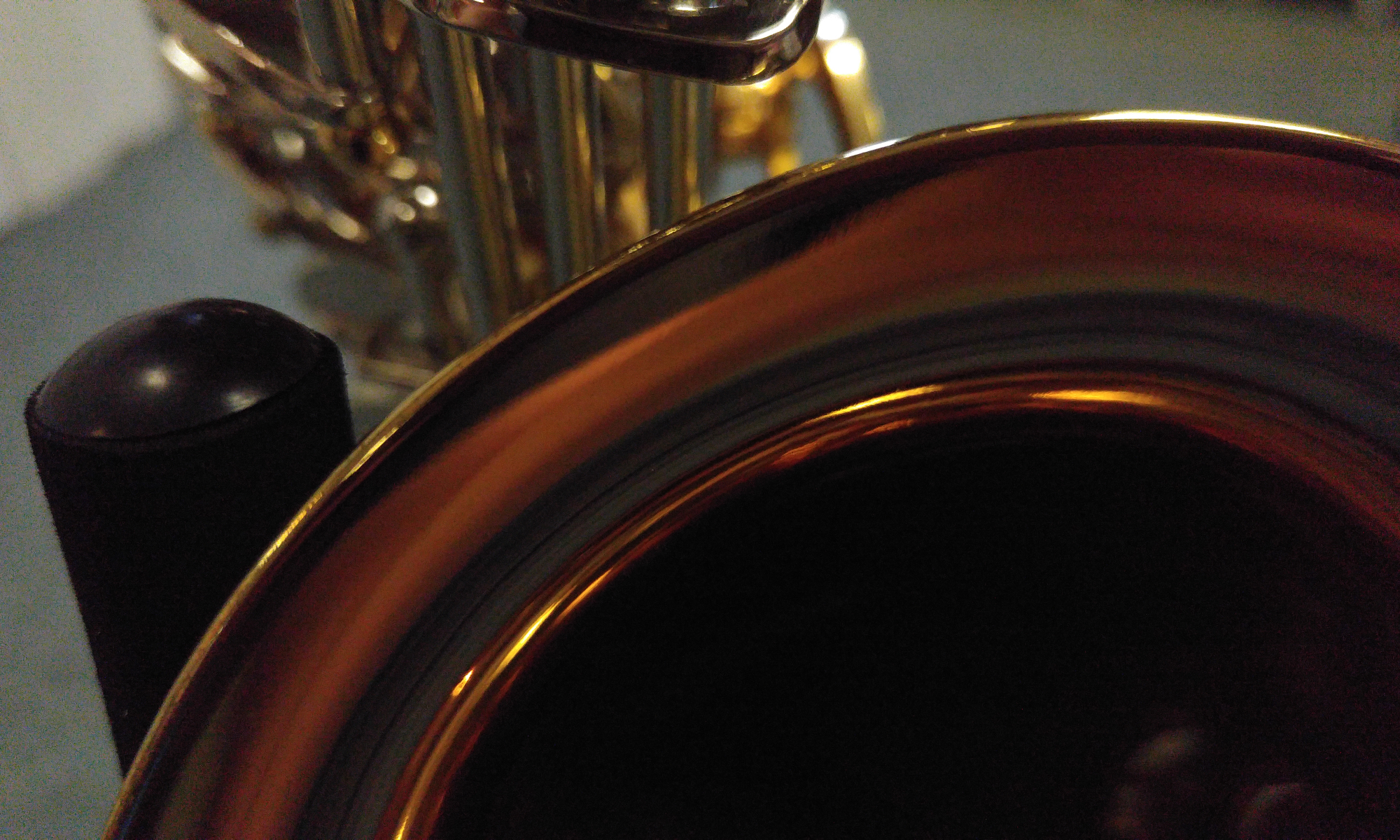This new edition of Willis Barnstone’s translation of the poems of Mao Zedong (originally published by Harper & Row in 1972) includes thirty-five poems written between 1925 and 1963 (with Chinese and English on facing pages) along with an introduction and brief notes on translation and Chinese versification by Barnstone, a sample of Mao’s calligraphy, and (as an afterword) a snippet on Mao’s poetry from a 1983 interview with Richard Nixon conducted by Frank Gannon. The book is valuable for Barnstone’s comments on Chinese poetry – but it is also a fascinating historical document, with significant insights into two of the most powerful political figures of the twentieth century, Nixon and Mao, both of whom left decidedly mixed legacies.
Perhaps the most striking feature of Mao’s poetry is just how traditional it is, in both form and content. Barnstone’s introductory essay highlights this, also noting that Mao “modestly” dismissed his poems “as being of little value” (22) and did not recommend them to the young, “who must find their own way” (23). Barnstone’s observation that Mao, who wrote influential essays on art and literature, followed “little or none of his own counsel” (23) is telling. Separating the practice of those with political power from their art and from their philosophy is a tricky matter made trickier by proximity. Barnstone notes in his introductory essay that “the main published essays on Mao’s poems in Beijing and elsewhere are not much help in evaluating and understanding them; except in offering useful annotation on allusions, studies of the poems tend to be so full of admiration that there is much paean singing, little criticism” (22, 23). Almost forty years later, the uncritical admiration has faded enough to quiet the paean singing – and it has not been entirely replaced by uncritical condemnation, so there may be an opening now for a fresh reading.
Standing alone as poems, these are competent but not remarkable. They would likely not be read at all (and Richard Nixon certainly would not have discussed them with Zhou Enlai) if not for the continuing political significance of their author. What is remarkable, though, at least to an American audience, is the fact of a political leader in the midst of an intense struggle like the Long March turning to poetry that is competent if not brilliant – finding solace in the writing of it and turning to it naturally as a means of focused observation. And equally remarkable is the fact of two political leaders (Nixon and Zhou) turning in their last meeting to the poetry of a third. As a traditional poet, Mao reads the natural world through which he passes with eyes formed by centuries of mythology. And he turns those eyes and that reading to the politics in which he is engaged. A Marxist appreciation of the power of myth might at least remind us not to be surprised if it plays a role in tying revolution into time and history. That a revolutionary leader could be so unremittingly traditional is partly explained by the power of myth and tradition in shaping perception and action. Writing in 1972, Barnstone understands this as “Old and new China” coming together in Mao’s “fresh poems in the traditional style” (24). Old and new China are still coming together, of course, and “traditional style” remains an issue in every new China – as in every place where “newness” encounters tradition (and what place could there be where it does not?). Barnstone’s commentary is particularly helpful in making English readers aware that the interplay of poetry and politics is as conventional in Chinese society as the interplay of politics and religion is in the United States – so conventional that it mostly flies beneath the radar of public consciousness.
For the most part, the traditional style will not be at issue. Even a cursory reading of the poems confirms it, both in terms of form and content. The poems look like traditional Chinese poems, and the allusions that shape observation of contemporary affairs are classical. What will be at issue is the freshness. Take the second stanza of “In Praise of the Winter Plum Blossom” (105), written in December 1962, as an example: “The plum is not a delicious girl showing off / yet she heralds spring. / When mountain flowers are in wild bloom / she giggles in all the color.” This is written in the lyric style called ci, and it is a response to a Song dynasty poem by Lu You. But, as Barnstone notes, it reverses the ending of Lu’s poem “which speaks of peach blossoms that will signify fallen petals and dust, with only the fragrance left” (147). Does Mao’s vision of Spring in Winter constitute freshness, and does the plum blossom as giggling girl bear comparison to Sappho’s girl as an apple? There is a small window for freshness in poetry so clearly tied to traditional form and traditional images. Mao did not recommend it for the young, but the question is whether more experienced eyes can see something new in wild flowers heralding spring though they are not showing off. As a poet, Mao apparently thought he did. It is difficult for an audience to read that now without reading through the almost fifty years that have passed since; but, at the beginning of that half century, it is intriguing that the possibility of something new could be spoken by a revolutionary in the form of a traditional poem that responded to an older poem and to the world by only slightly turning it.
Politically, more Burke than Mao, perhaps. But interesting reading nonetheless. Read it, and let a hundred flowers bloom, let a hundred schools of thought contend.
reviewed by Steven Schroeder, Chicago
The Poems of Mao Zedong. Translations, Introduction, and Notes by Willis Barnstone. University of California Press, 2008. ISBN 978-0-520-25665-1.
